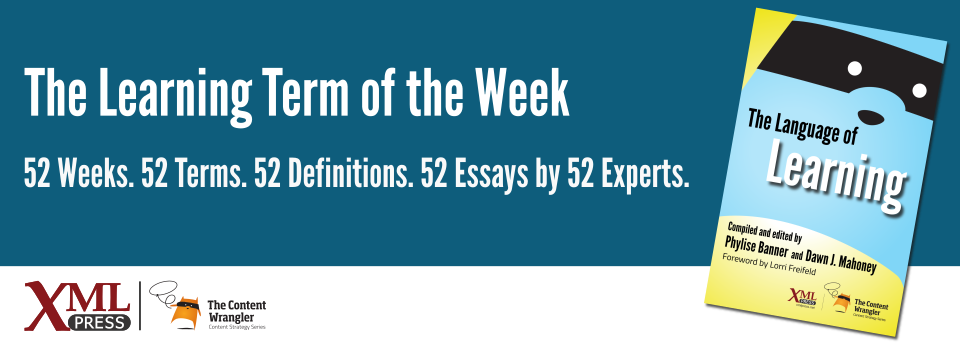What is it?
A full 360-degree digital environment that merges interactive 3D digital assets, along with audio and haptic feedback, with your real-world environment. Augmented reality overlays a virtual experience with the real environment, for example, allowing you to view an item in the real world with an explanation virtually overlaid.
Why is it important?
Augmented Reality (AR) gives you the ability to have a virtual presence anywhere and share 3D assets through a headset, mobile device, or computer.
Organizations use AR for recruitment, on-boarding, learning, insurance, and marketing; safe handling of dangerous objects; and to bring objects from the past into the present. Many mobile devices contain LIDAR technology making it possible to create digital 3D assets on the fly.
Why does a business professional need to know this?
As they have done with most technologies, younger learners in K12 and higher education have embraced AR technology and are using it in their classrooms as an educational tool and also as a way to socialize with each other. It’s a glimpse into how your future workforce will communicate, team-build, collaborate, and pass on knowledge.
As a marketing tool, AR goes beyond consumerism. You can use it to share your mission statement with your workforce and to create employee evangelism within your organization, and it can even help with things like social responsibility and company sustainability efforts.
AR can be used as a powerful storytelling tool that can improve KPIs (Key Performance Indicators) through empathy, and it can even supercharge your employee training in industries such as medicine, education, advertising, healthcare, retail, construction, film, journalism, travel, art, home DIY, automotive, farming, food, and many more. There is literally not a single industry out there that AR couldn’t help.
The technology is changing how we interact with employees, but it’s also changing how brands interact with their customers and even changing B2B interactions.
As a new generation of employees enters the workforce, organizations should be prepared to understand how virtual tools like AR play a role not only in their education efforts but also in the way employees socialize. You need to be current with technology if you want to hold on to your new hires and be competitive in your industry.
Augmented reality is a companion technology to virtual reality (VR) and mixed reality (MR).
Shane oversees creative, strategy and implementation at Bravely. Shane has brought big ideas to world-renowned brands like Marriott International, Johnson & Johnson, The Jacksonville Jaguars, Under Armour, Disney, Discovery, the NBA, Discovery Channel, Paramount Pictures, and Sony Pictures. He’s been published in top industry publications, such as Advertising Age, ADWEEK, Communication Arts, and Mashable. Shane earned his BS in advertising at the University of Florida and has served as chair of the University’s Advertising Advisory Council. Shane also spent time as the Chair of the American Advertising Federation's National Innovation Committee (NIC).
Term: Augmented Reality
Email: shane.santiago@bravelycreated.com
Website: bravelycreated.com








